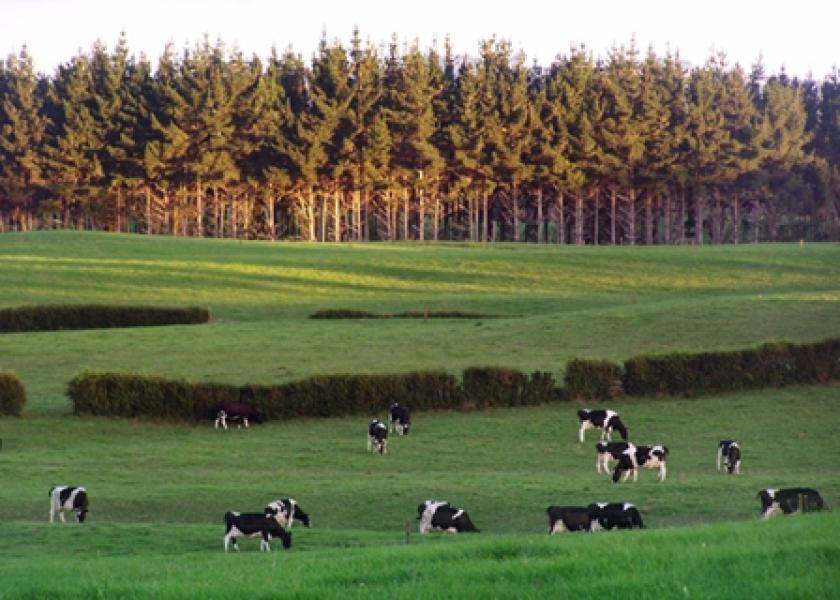RBNZ Says Banks Can Absorb N.Z. Dairy Losses as Farmers Struggle

Banks can cope with the dairy downturn in New Zealand, even though about half the country’s farmers are experiencing a second straight season of losses, the central bank said.
The five biggest lenders, which account for 98 percent of banks’ NZ$38 billion ($25 billion) exposure to the dairy industry, can absorb losses from earnings rather than through an erosion of capital, the Reserve Bank said Wednesday in Wellington. A stress test of the banks shows average losses of 3 percent to 8 percent of total exposure under two scenarios that are worse than the RBNZ’s current forecast, it said.
Fonterra Cooperative Group, the world’s biggest dairy exporter, this month cut the forecast payout to its New Zealand farmers to a fresh nine-year low amid a global milk glut. About 80 percent of those farmers are operating at a loss, the RBNZ estimates.
“Low global milk prices are generating significant financial pressure for dairy farmers, with around one half of the dairy sector currently experiencing a second consecutive season of operating losses,” said Bernard Hodgetts, head of the RBNZ’s macro financial department. Still, banks’ loan losses “would be reasonably comfortably met out of bank earnings,” he said.
The RBNZ estimates farmers would break even with a payout of NZ$5.30 per kilogram of milksolids. Fonterra is currently forecasting a payout of as much as NZ$4.30 for the season ending May 31, which includes NZ$3.90 for milk and a 35-40 cent dividend.
The RBNZ tested two scenarios late last year. The first assumed the dairy payout recovers to NZ$5.25 by the 2017/18 season; the second envisaged the payout falling to NZ$3 in 2015/16 and remaining at or below NZ$5 until the 2019/20 season. Under the second scenario, banks’ losses would average 8 percent of their overall exposure, which equates to just over NZ$3 billion in total.
Dairy sector lending accounts for approximately 10 percent of the NZ$348 billion of overall bank lending in New Zealand. The banks involved in the stress test were ANZ Bank New Zealand Ltd., ASB Bank Ltd., Bank of New Zealand Ltd., Westpac Banking Corp, and Rabobank New Zealand Ltd.







